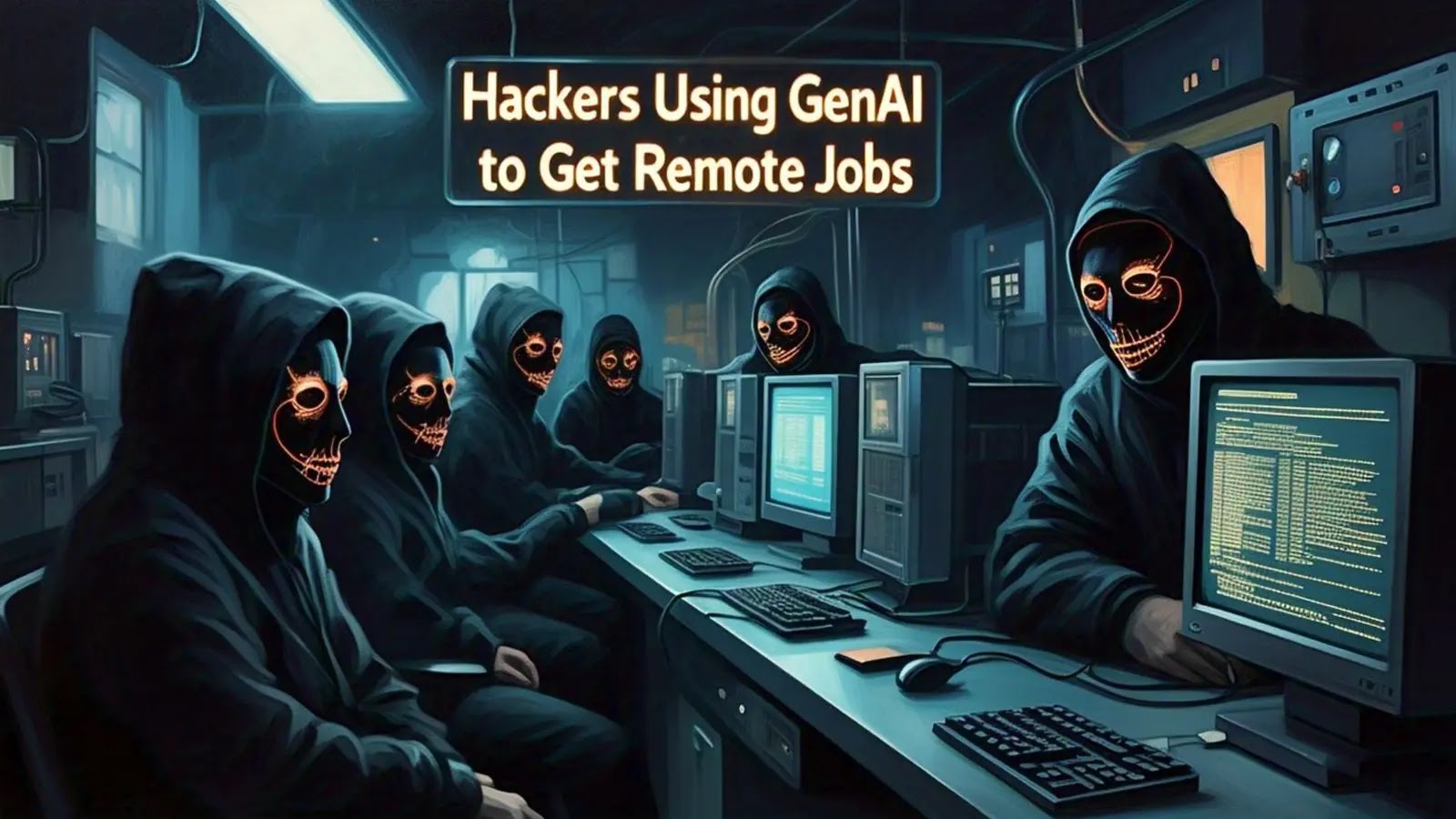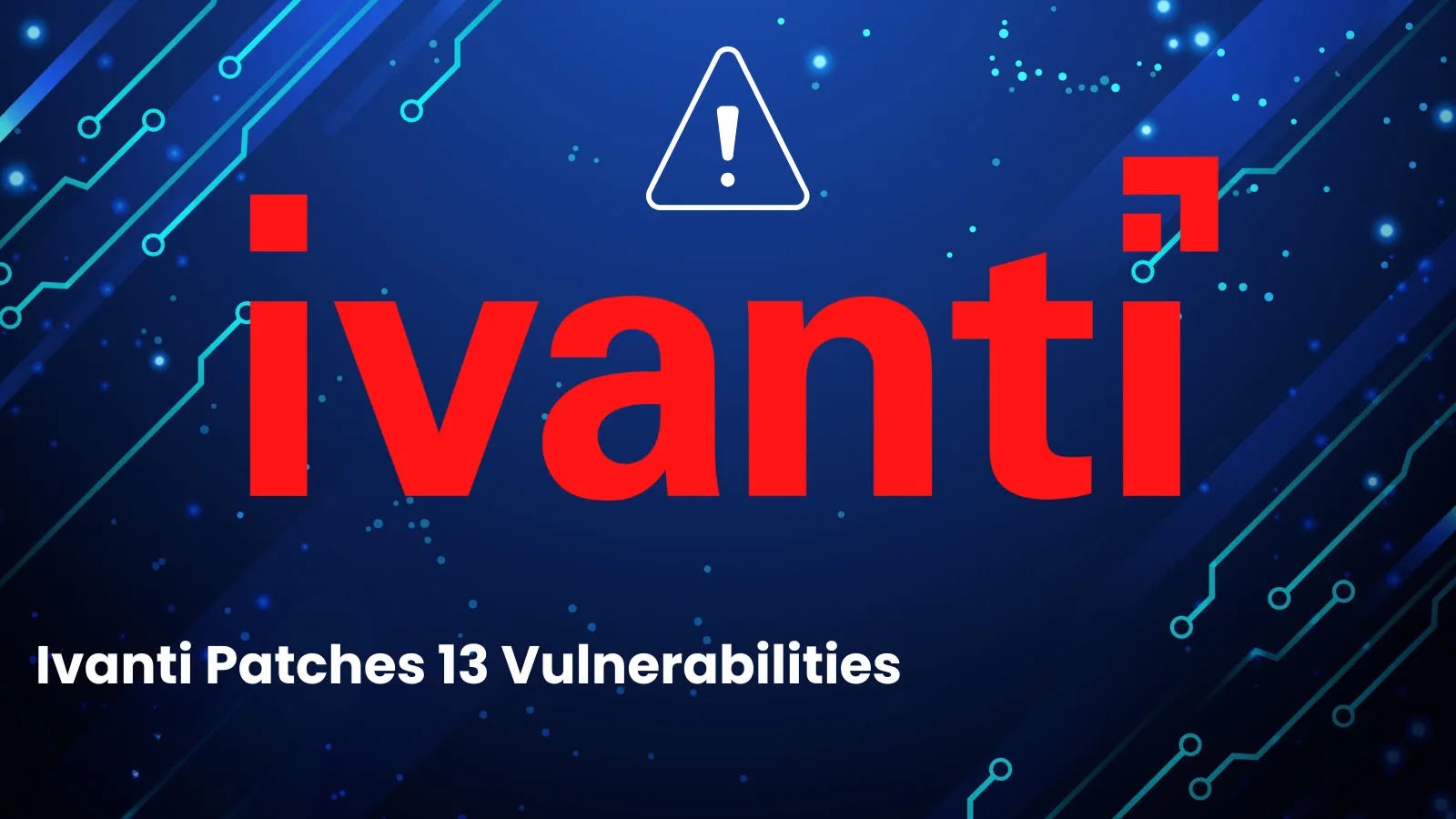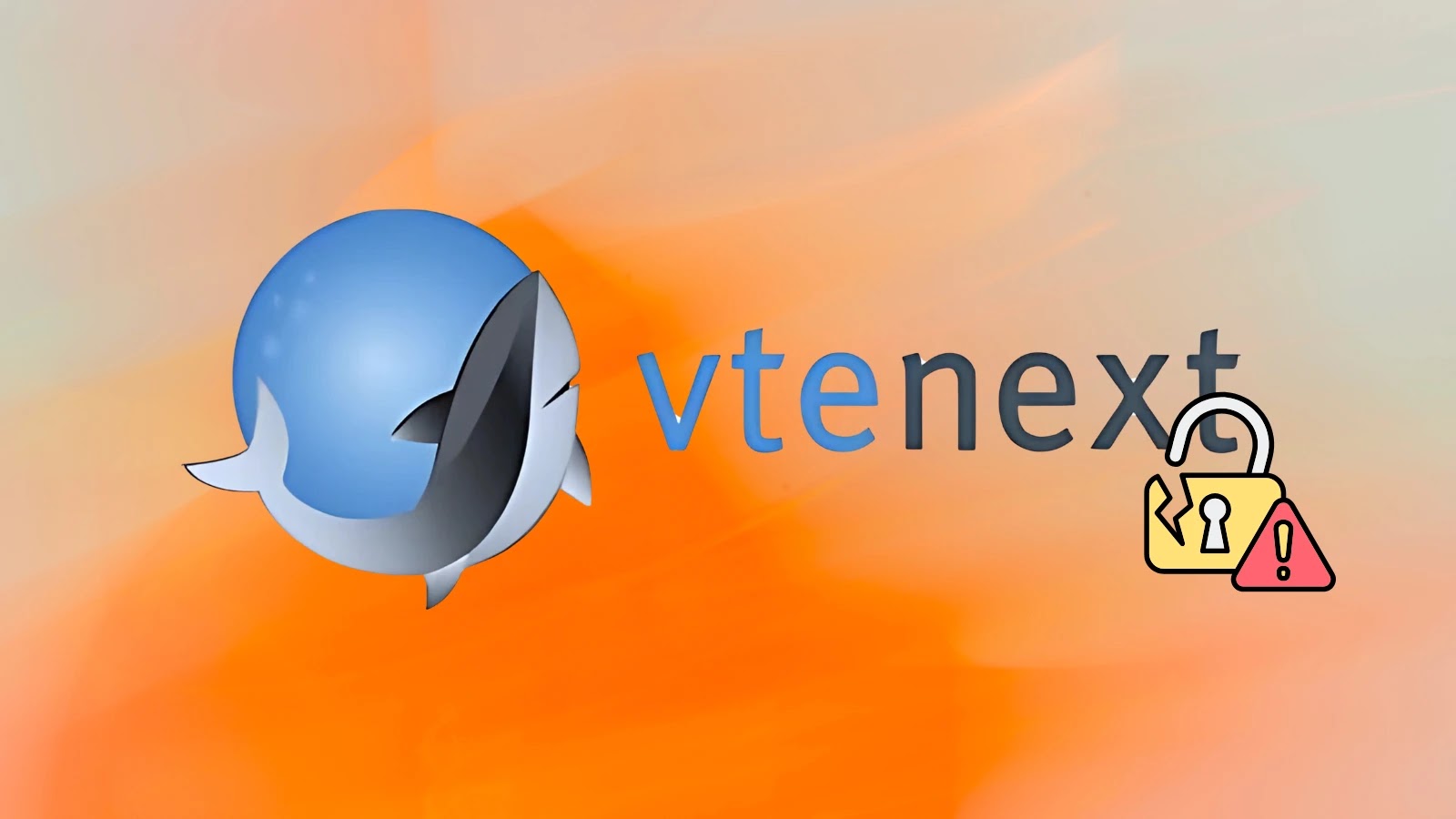In a sophisticated blend of social engineering and advanced technology, North Korean operatives are leveraging generative artificial intelligence (GenAI) tools to infiltrate companies worldwide by securing remote technical positions. These individuals craft convincing digital personas, complete with fabricated credentials and experiences, to bypass traditional hiring processes and obtain legitimate employment in software engineering and IT roles.
Strategic Objectives and Financial Implications
This operation serves a critical financial purpose for the Democratic People’s Republic of Korea (DPRK). By embedding their nationals in remote positions within unsuspecting companies, the North Korean regime effectively circumvents international sanctions, generating significant revenue streams. The scale of this scheme is substantial, with some facilitators managing placements for hundreds of individuals simultaneously.
Facilitators and Infrastructure
Central to this operation is a network of facilitators based in Western countries who provide the necessary infrastructure for these deceptive activities. These facilitators manage company-issued devices on behalf of the remote workers, ensuring seamless integration into the target organizations. For instance, an investigation revealed that an Arizona-based laptop farm operation, exposed in May 2024, allegedly placed over 300 individuals in technical positions across the United States.
Role of Generative AI in Deception
Generative AI plays a pivotal role in this deception, powering nearly every aspect of the fraudulent employment cycle. Operatives employ real-time deepfake video technology during job interviews, creating convincing impersonations that can deceive even experienced hiring managers. This technology enables them to present fabricated identities with a high degree of realism, making detection challenging.
Comprehensive Suite of AI-Enhanced Tools
At the heart of these operations lies a comprehensive suite of AI-enhanced tools that work in concert to sustain the deception:
– Unified Messaging Services: Facilitators utilize platforms that provide a single pane of glass to manage multiple personas across various communication channels simultaneously. These services incorporate AI-powered translation, transcription, and summarization capabilities to maintain coherent and timely communications across different time zones.
– AI-Based Recruitment Platforms: These platforms effectively turn employers’ own vetting systems against them. They help optimize applications to successfully navigate applicant tracking systems (ATS), iteratively improving results until applications progress to human review.
– Mock Interview Services: AI agents provide critiques and improvement tips for interviewees, coaching them on everything from lighting and video filters to conversation techniques, ensuring a polished presentation during virtual interviews.
Operational Infrastructure
The facilitators utilize remote management tools to operate legitimate company devices from centralized locations, often referred to as laptop farms. This setup allows them to control multiple devices simultaneously, ensuring that the operatives can perform their job functions without raising suspicion.
Implications for Global Cybersecurity
The use of generative AI by North Korean operatives to secure remote technical positions poses significant challenges to global cybersecurity. By embedding themselves within legitimate organizations, these operatives can potentially access sensitive information, disrupt operations, and further the DPRK’s strategic objectives.
Recommendations for Organizations
To mitigate the risks associated with such sophisticated infiltration tactics, organizations should consider the following measures:
1. Enhanced Verification Processes: Implement multi-layered verification processes during hiring, including thorough background checks and validation of credentials.
2. AI Detection Tools: Utilize advanced AI detection tools to identify deepfake videos and other AI-generated content during the recruitment process.
3. Employee Training: Educate hiring managers and HR personnel about the potential for AI-driven deception and provide training on recognizing suspicious behaviors and inconsistencies.
4. Network Monitoring: Establish robust network monitoring to detect unusual activities that may indicate insider threats or unauthorized access.
5. Collaboration with Authorities: Work closely with cybersecurity authorities and share information about potential threats to stay ahead of emerging tactics.
Conclusion
The exploitation of generative AI by North Korean operatives to secure remote technical positions underscores the evolving nature of cyber threats. As adversaries continue to adopt advanced technologies to achieve their objectives, it is imperative for organizations to enhance their cybersecurity measures and remain vigilant against such sophisticated infiltration tactics.



